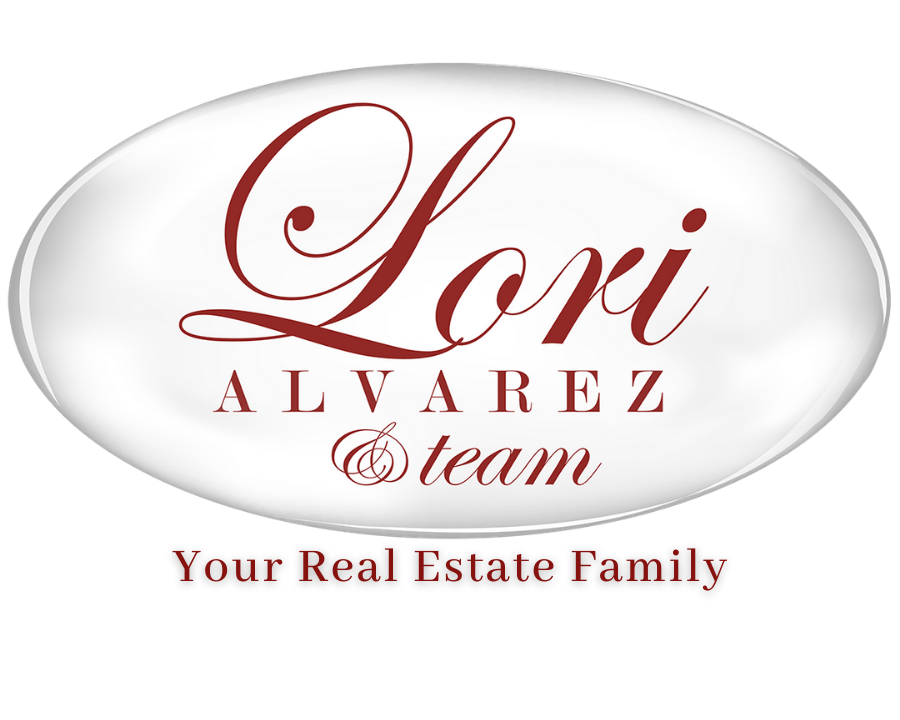187: Facing the Senior Housing Crisis: Solutions for Our Aging Population
Senior Housing Crisis: What Lies Ahead & How We Can Make a Difference
The senior population in the United States is growing rapidly, with the number of seniors projected to nearly double by 2050. This demographic shift presents a unique set of challenges. One of the most pressing? A severe shortage of housing and support for aging adults. By examining the road ahead, it becomes clear that our society needs to rethink how we support our elderly citizens, ensuring they not only have a place to live but also access to necessary care.
Challenges Ahead: Development Costs, Medical Support & More
Several key factors are contributing to the looming senior housing crisis. Development costs are increasing, making it financially challenging to build new senior-focused housing facilities. Simultaneously, there aren’t enough medical professionals to meet the demands of this growing population, particularly for specialized geriatric care. With fewer healthcare providers equipped to meet seniors' unique needs, the shortage of accessible medical support poses a significant risk to their well-being.
Additionally, the demand for affordable, accessible housing has surged, yet the supply has not kept pace. Many seniors face economic constraints that make it difficult to secure housing in a competitive market, creating even more urgency to find sustainable solutions.
Solutions for a Brighter Future
While the road ahead is challenging, there are promising pathways to consider:
Nonprofit Initiatives
Nonprofit organizations play a vital role in addressing the needs of underserved communities, including seniors. By working to develop affordable housing options and healthcare support services, these organizations can bridge gaps that may otherwise go unaddressed in the private market.Community-Based Programs
Many communities are beginning to create programs designed specifically for seniors. This can include everything from transportation and meal services to recreational activities and health check-ins. By fostering a community-based approach, local governments and groups can help create a strong network of support for aging residents.Multi-Generational Housing Models
The concept of multi-generational housing is growing in popularity. In these settings, seniors live with family members of all ages, allowing them to remain connected to loved ones while receiving the support they need. This model also allows for shared costs, making it more economically feasible for families and easing the strain on housing availability.
Making an Impact Today for a Better Tomorrow
Now is the time to come together for our senior communities, preparing a future where they feel valued and supported. By prioritizing
listen to the full episode
on your favorite podcast streamer below.
-> Apple
-> Spotify
______________________________________________________________________
Extra Real Estate with Soul Links you can’t miss!
Are you SUBSCRIBED to our YouTube Channel?
Subscribe at https://www.youtube.com/c/LoriAlvarez and tell us you did by messaging us on our
Felt inspired by this episode? Let us know! We'd love to hear from you by leaving our Podcast a review. And you just might get a special shout-out on the podcast! Thanks for choosing to spend your time with us!
Want more behind the scenes?
Like our Real Estate With Soul, The Podcast Page on Facebook
- Agent 4
- Airbnb 1
- Buy and Sell Real Estate 40
- Buyer 43
- Buyer Agent 1
- Buying 23
- Buying young 2
- COVID 1
- California real estate 45
- California real estate market 27
- Career 9
- Community 11
- Dave Ramsey 3
- Eco-friendly 1
- FSBO 1
- Family 6
- Financial Planning 7
- Goal Setting 15
- Guest 23
- Holidays 4
- Homeowner 22
- Homeshowings 1
- Inspections 2
- Insurance 2
- Investing 13
- Legal 1
- Lender 5
- Market 11
- Market Trends 1
- Market Update 10
- Mindset 28
- Mortgage 6
- Moving to California 6
- Owning Property 1
- Photos 1
- Pools 1
- Real Estate 2023 23
- Real Estate 2025 29
- Real Estate Agent 85
- Real Estate Fraud 1
- Real Estate Questions 1
- Real estate 2023 23
- Realtor 8
- Renting 2
- Safety 4
- School 4
- Seller 40
- Selling 23
- Testimonial 1
- The Real Value of a REALTOR 2
Disclaimer: Please verify all information with the licensed professional of your choice.

